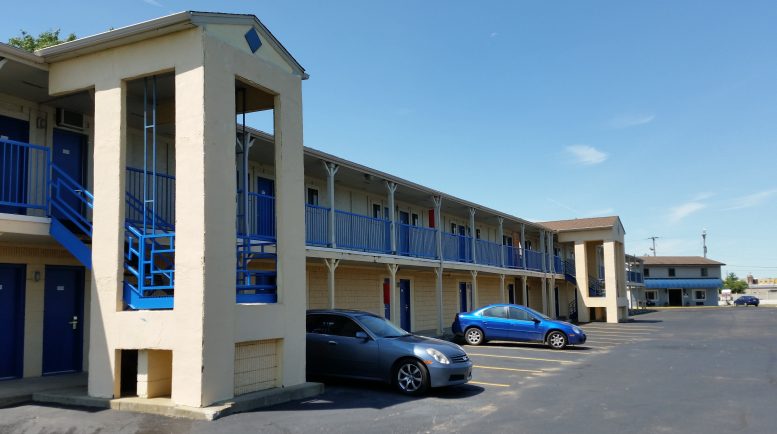By JAN LARSON McLAUGHLIN
BG Independent News
Last year the city of Bowling Green helped 115 homeless people with temporary housing. Of those, 53% were children.
The city used Community Development Block Grant funding of $7,200 to help the Salvation Army respond to the local needs.
“We certainly know there is a need,” said Tina Bradley, grants administrator for the city.
The grant funding also helps link people with resources such as job training, to help them from becoming homeless again.
“We’re proud and happy to be a part of it. As a city, I think it’s a wonderful way to assist with the hardships of homelessness,” Bradley said. “A lot of communities don’t do that. I’m proud that we do.”
While the Salvation Army appreciates funding from the city and from United Way, the local homeless population needs more, according to Harley Maddox, head of the Salvation Army office in Bowling Green.
“We’re definitely grateful,” Maddox said. “But we definitely need more. I feel that we’re doing what we can, but it’s just patching holes.”
Families and individuals often come to the Salvation Army for help with housing after they get evicted from their homes, are victims of domestic violence, are referrals from Job and Family Services, or get picked up by police.
The Salvation Army can give those in need lodging for a few nights at local hotels – but that is not nearly enough time for them to find even short-term housing solutions.
“We just don’t have the funding to put people up for an entire month,” Maddox said.
Finding affordable housing takes time, she said.
“We do help people. We try to meet the needs, but people definitely fall through the cracks,” Maddox said.
The Salvation Army is also limited by the fact that only two hotels in Bowling Green – Days Inn and Best Motel – will work with the agency to house homeless people. And since most hotel rooms have limits of four people, and the Salvation Army doesn’t pay extra for pets, some families don’t qualify.
“There are definitely limitations,” Maddox said.
And normally the cause of homelessness goes far beyond the home. Many of those in need of housing also have issues with mental health, education, employment, poor budgeting, or legal problems.
“Transportation is also a huge barrier to a lot of our families,” Maddox said.
Making the issue more complicated is the fact that minimum wage jobs don’t provide enough for housing in areas like Bowling Green, which lack affordable housing, she said.
“We do what we can,” she said.
Wood County and Bowling Green really need a holistic approach to helping the homeless – something that helps them with each step instead of expecting them to find their way.
“They tend to bounce from agency to agency, and we count on them to handle the transitions,” Maddox said.





